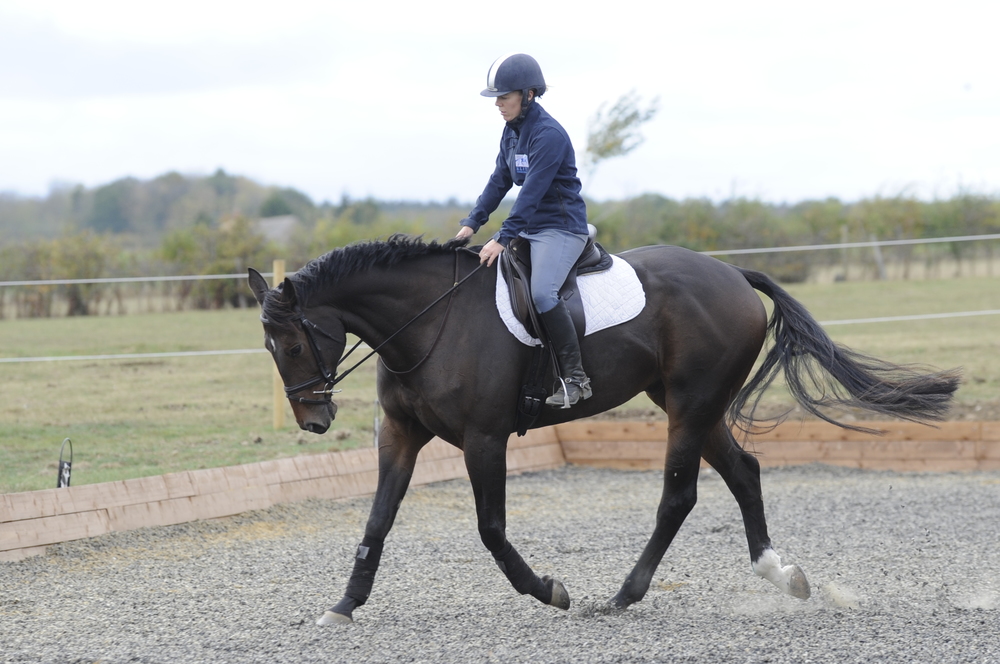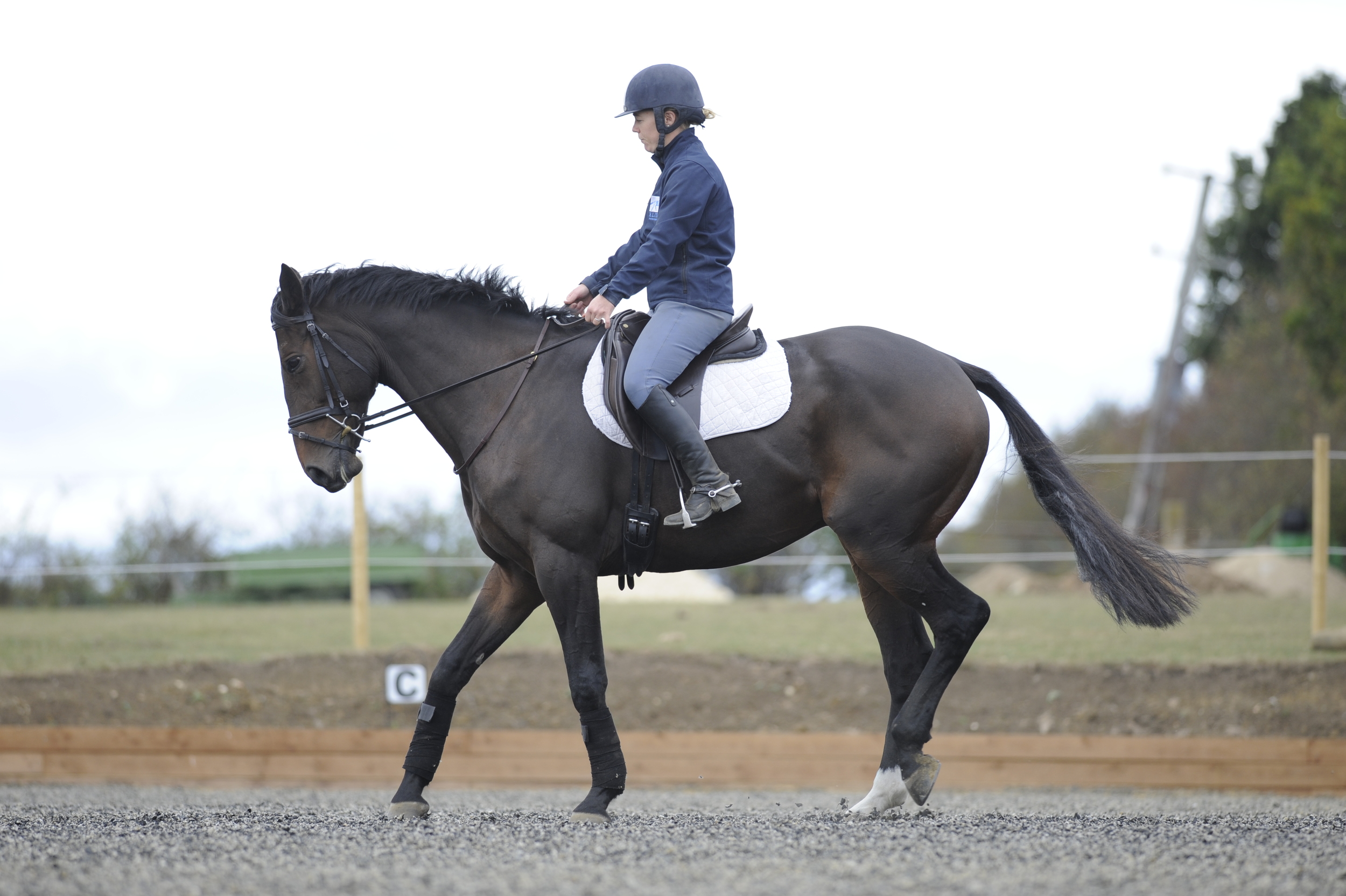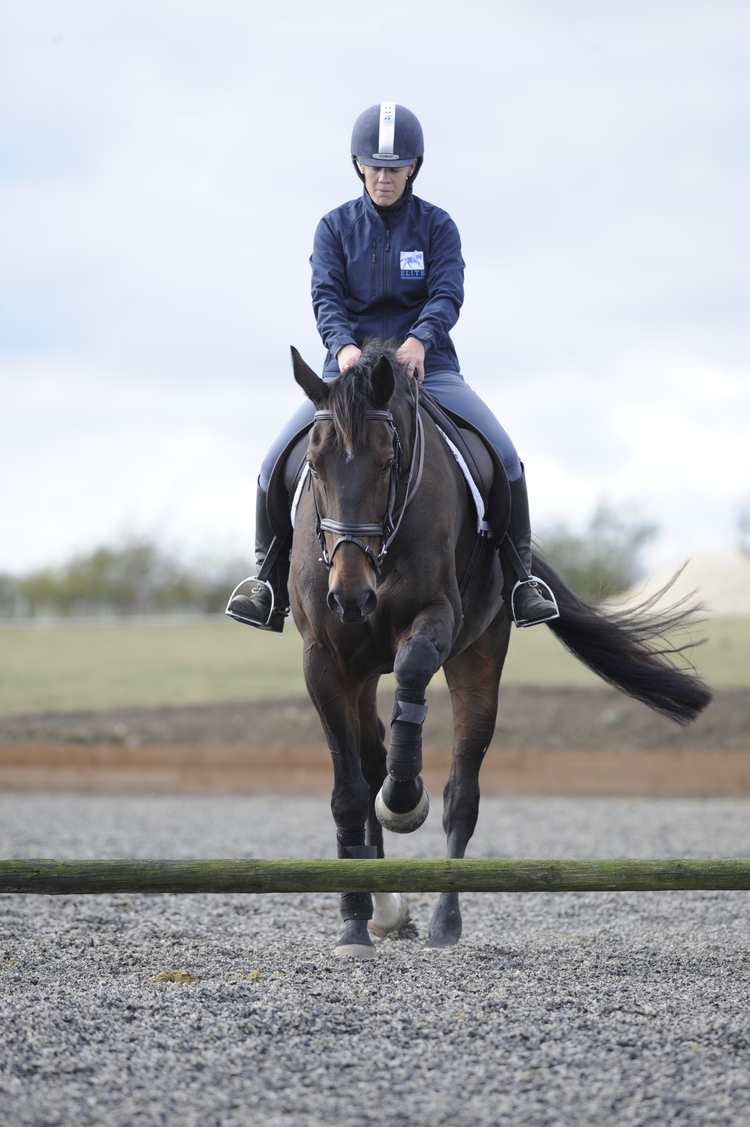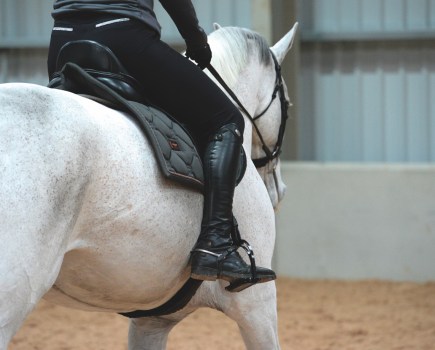Ridden stretches are as useful for a 20-year-old as they are for a young competition horse, but they can often get overlooked – despite offering huge benefits and being simple to achieve. Here our equine physiotherapist Etti Cook uncovers the art of stretching and tells you why stretching should be a priority, not an afterthought.
What is stretching and why should we do it?
Stretching prepares the horse’s body for physical exertion and sports performance so it’s vital that you combine stretches with your horse’s general work to ensure that he can perform to his best and feel well within himself – and most horse owners do so without realising.
Thankfully, for anyone who’s unsure whether they’re stretching their horse or not, it’s not rocket science. Stretching is simply taking your horse’s joints and soft tissues through their full range of movement and to do this you have to to use functional movements. These movements are ones that most of us use in riding anyway, but it’s important to know why, when, and how to use them correctly.
Longitudinal and lateral – which does what?
When thinking about stretching your horse’s spine and limbs it’s important to think of moving them in two different ways – longitudinally and laterally.
Longitudinal stretches offer flexion and extension of the spine and limbs, while lateral stretches offer sideways flexion of the spine and limbs. For example, any movement that takes your horse in a sideways movement across the school, such as half-pass or leg-yield, is a lateral stretch. In contrast, longitudinally stretching the spine creates flexion and extension of the back and neck as you’d see when working your horse in a long and low frame.
The benefits of a long reinWhen you first head out to school or just to ride some basic stretches give your horse 10 minutes to look around and absorb his surroundings on a long rein. This will remind you how long his neck really is and present an opportunity for you to think about your own position.

Allowing your horse to open his frame will stretch the muscles along his neck and back
Longitudinal stretches
Allowing your horse to open his frame will stretch the muscles along his neck and back. You can also increase or decrease the size of the stretch by playing with his stride, making it longer or shorter, as he works in the long and low frame. To achieve the stretch your horse will need to have been working on the bit. When you feel he’s ready to stretch, open your hands and with a soft, allowing contact encourage him to stretch down through is neck and over his back.
Etti’s top tip
Changing your hand position, by opening the hands out wide, as you offer your horse the opportunity to stretch will begin to teach him that an open hand is a signal to stretch down. It also puts the bit into a different position in the mouth, which can also act as a signal.
Ride rein back

To ask your horse to rein-back, lighten your seat, bring your lower leg back slightly and apply even pressure on the rein
During rein back your horse flexes through his spine as he steps backwards.
It’s not about getting across the width of the school in rein back, a few steps will do. To ask your horse to rein-back, lighten your seat, bring your lower leg back slightly and apply even pressure on the rein. Ride one backwards step at a time and reward your horse with a soft hand.
Get him lifting those legs
By walking your horse over a small cavaletti you ask for natural flexion of the legs. It’s also a really useful thing to teach your horse – who knows when you might need to be able to walk over a small fallen tree when hacking!

By walking your horse over a small cavaletti you ask for natural flexion of the legs
More about our expert
Etti Cook runs Elite Physiotherapy and specialises in both equine and human physiotherapy. As a chartered physiotherapist, Etti is trained to evaluate and treat injury or dysfunction with physical/hands on treatments, electrotherapy and exercises to ensure that horse and rider are pain free and able to achieve maximum functional ability. Find out more at: www.elitephysiotherapy.co.uk








